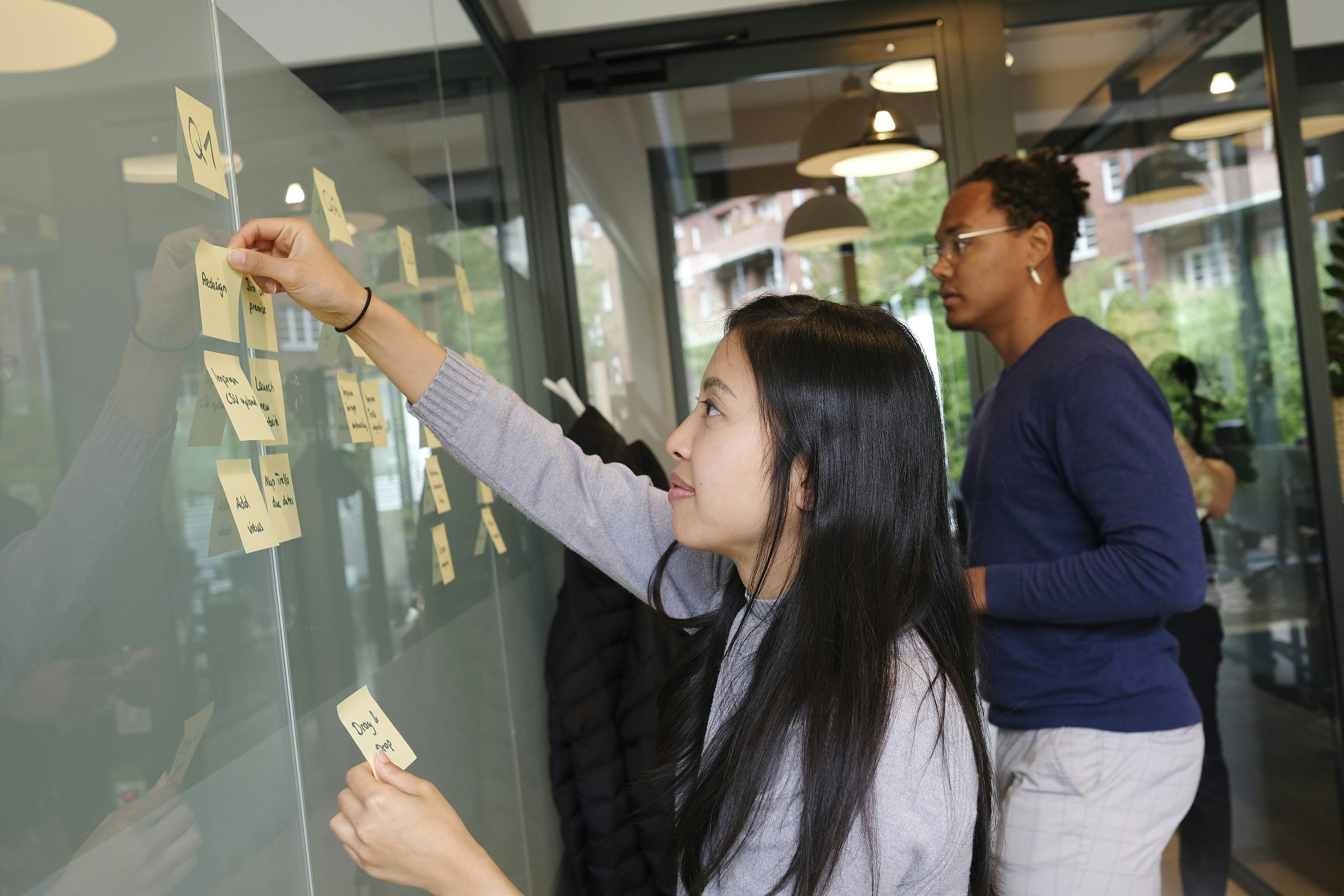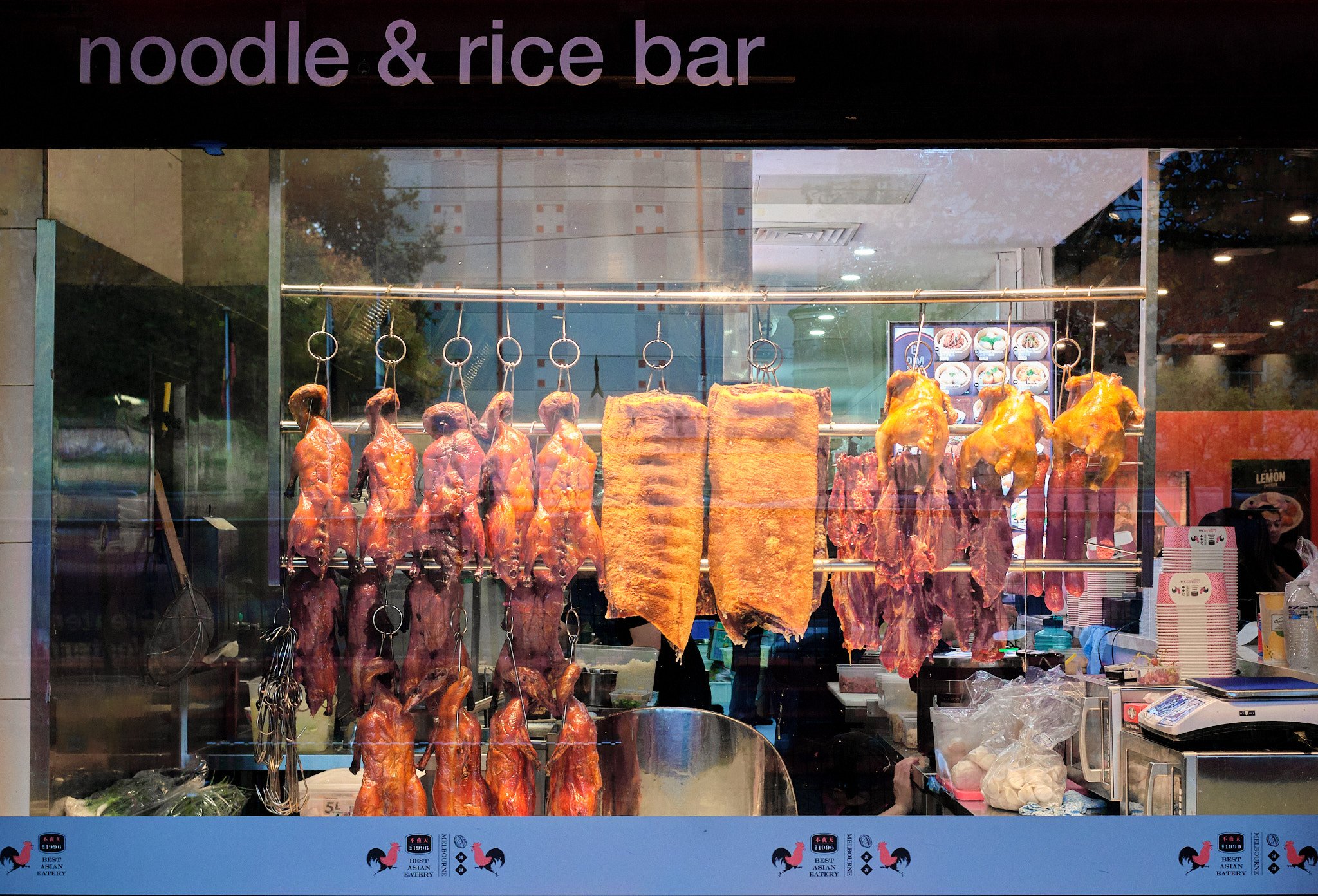While I’m happy for CEO Anthony Casalena and his team at Squarespace, being sold to a private equity firm is traditionally a step towards enshittification.
This does me a concern because my personal website (what you’re reading this on/from) is built on Squarespace, as are two other websites that I manage. I love Squarespace and have been a customer since May 2012. I really don’t want to have to move to another no-code web host if this place goes downhill over the next few months or years.
The problem with private equity
“Why might things go downhill?” you ask. Well, when private equity firms buy companies they tend to squeeze all the value out of them before selling them off as empty, discarded shells.
To quote Cory Doctorow:
Fans of the Sopranos will remember the “bust out” as a mob tactic in which a business is taken over, loaded up with debt, and driven into the ground, wrecking the lives of the business’s workers, customers and suppliers. When the mafia does this, we call it a bust out; when Wall Street does it, we call it “private equity.”
Or Nicholas Shaxson, writing in the Guardian:
To their critics, private equity firms are blood-suckers that load healthy companies with debt then asset-strip them, leaving lifeless husks. The private equity titans counter with the opposite tale: they buy underperforming firms, install whizzy IT systems and inject far-sighted management, borrow money to juice up performance, and turn them into roaring engines of capitalism, making everyone rich. As ever, the reality is a mix of the two.
The core of private equity’s problem – for society, but not for its investors – is that many of the tricks in private equity’s toolbox just redistribute the pie upwards, generating immense profits but deepening inequality and sapping growth.
And research tells us that business bought by private equity firms go bankrupt ten times more often than other businesses.
So, yeah. I’m concerned.
A sliver of hope?
All that said, Casalena is staying on as CEO and Board Chair, and two other major long-term investors are “re-investing” in Squarespace as well. So that might be good news.
And looking through the other technology companies that Permira has invested in, the sense I get is that, while those companies might be somewhat expensive, at least they’re not shit.
So there is hope that we won’t get screwed over too badly.
Not that I’m going to wait to find out. I’ll start playing around with alternatives over the next few months and get ready to move when the time comes. If the time comes. *crosses fingers*




















